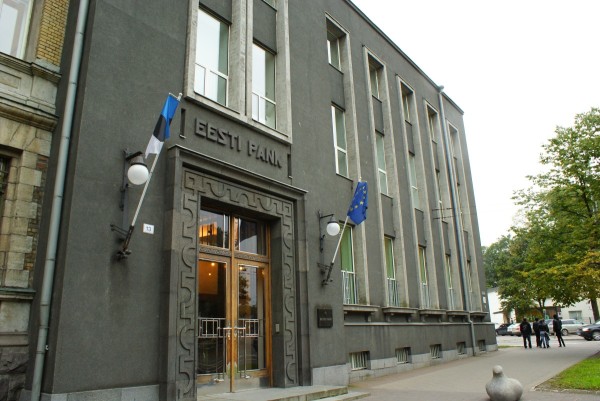ER 17.06.2015
The results of the survey “Monitoring of Integration in Estonian Society in 2015” published on June 11, indicate that the interaction between the different nationalities of the Estonian population has increased compared to five years ago. The Estonian language skills of the Russian-speaking population have improved and the confidence of young people of other nationalities in the Republic of Estonia is comparable with their Estonian peers. In contrast, problems concerning the perception of economic and political inequality have somewhat deepened and Ida-Viru County with its weak integration indicators stands out from the other regions.
One of the positive results of the monitoring survey was an increase in contacts between people. Compared to 2010, the number of those Russian-speaking Estonians, whose circle of friends and acquaintances is half or more Estonian-speaking, has doubled. Furthermore, there are fewer Estonians, who have not had any contact with people of other nationalities. A total of 40 % of Estonians and about 70 % of people of other nationalities have expressed their positive preparedness to participate in a multi-ethnic neighbourhood, study or work team or have relatives of other nationalities.
According to the project manager of the survey, Kristina Kallas, the attitude of Estonians towards the simplification of the procedures for obtaining citizenship has significantly changed in recent years. “The vast majority of Estonians is of the opinion that all children born in the Republic of Estonia should obtain Estonian citizenship in the form of a simplified procedure, regardless of the citizenship of their parents, and the same should apply to other people who have born in the Republic of Estonia,” Kallas said.
The confidence of young people of other nationalities in national authorities of the Republic of Estonia is higher than among the older generation and similar to Estonians in the same age group. Therefore, based on the monitoring survey of 2015, it can be said that there are significant differences between the generations, where young people, who were born and raised in independent Estonia, have an attitude towards the Republic of Estonia in which differences based on nationality tend to disappear. According to head of content of the integration monitoring survey and professor of Tallinn University Raivo Vetik, the survey pioneered the measurement of the Estonian national identity indicators, which are related to the sense of belonging of Estonian Russians and Estonians’ readiness to involve. “The results revealed that people of other nationalities have strong links with the Republic of Estonia. However, many Estonian Russians do not consider Estonian citizenship as a symbol for a sense of belonging and it is mainly perceived as pragmatic,” Vetik said.
Although the language skills of the Estonian population have improved over the last five years, these still do not meet the employment and recreation related needs. Estonians lack the ability to speak Russian and others do not actively use Estonian, meaning they cannot fluently speak and write in Estonian.
In educational matters, both Estonians and the representatives of other nationalities have a positive attitude towards mixed groups and classes of children speaking different mother tongue and kindergarten is considered the most suitable place to start learning partially in Estonian.
Compared to previous monitoring surveys, the opinion of the representatives of other nationalities has significantly decreased with regard to the possible positive effects of the reform of Russian-speaking schools. Teaching subjects in Estonian would provide students with a significant additional burden, as well as create psychological stress and tension. As a positive aspect of the transition, the estimation that common Estonian-language classes would contribute to the establishment of contacts between Estonians and the Russian-speaking population has significantly increased.
A nationwide survey that was carried out from January to February this year revealed that a linguistic and ethnic separation can be clearly seen in the Estonian labour market and it has even increased in recent years. The estimates of people of other nationalities regarding labour market options are significantly lower than those of Estonians.
The survey has paid special attention to the attitudes of young people. Young people of other nationalities have better adapted compared to the older generation – most of them have Estonian citizenship and their confidence in national authorities is higher. Their assessment of their ability to influence issues in the Republic of Estonia is at the same level as that of Estonians.
The experts from the Institute of Baltic Studies, Tallinn University and PRAXIS Centre for Policy Studies, who compiled the integration monitoring survey, have also suggested a series of policy recommendations on how to better support the integration of society in the survey report.
The integration monitoring survey is an independent in-depth survey of the integration field commissioned by the Ministry of Culture and carried out every 3–4 years. This year’s survey was the sixth one. The survey research, which sampled a total of 1,200 respondents in Estonia, was carried out in January and February this year. Additionally, focus group interviews were conducted, which focused on multilingual schools, media consumption and employment opportunities for young people of different nationalities.
MINISTRY OF CULTURE
Integration survey shows increased interaction between different nationalities in Estonia
Eestlased Eestis | 19 Jun 2015 | EWR
Eestlased Eestis
TRENDING
























